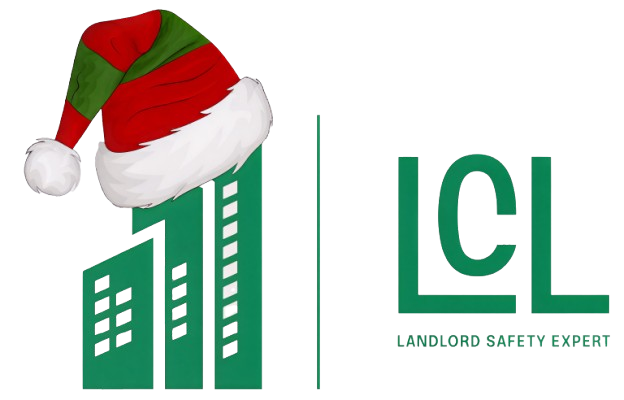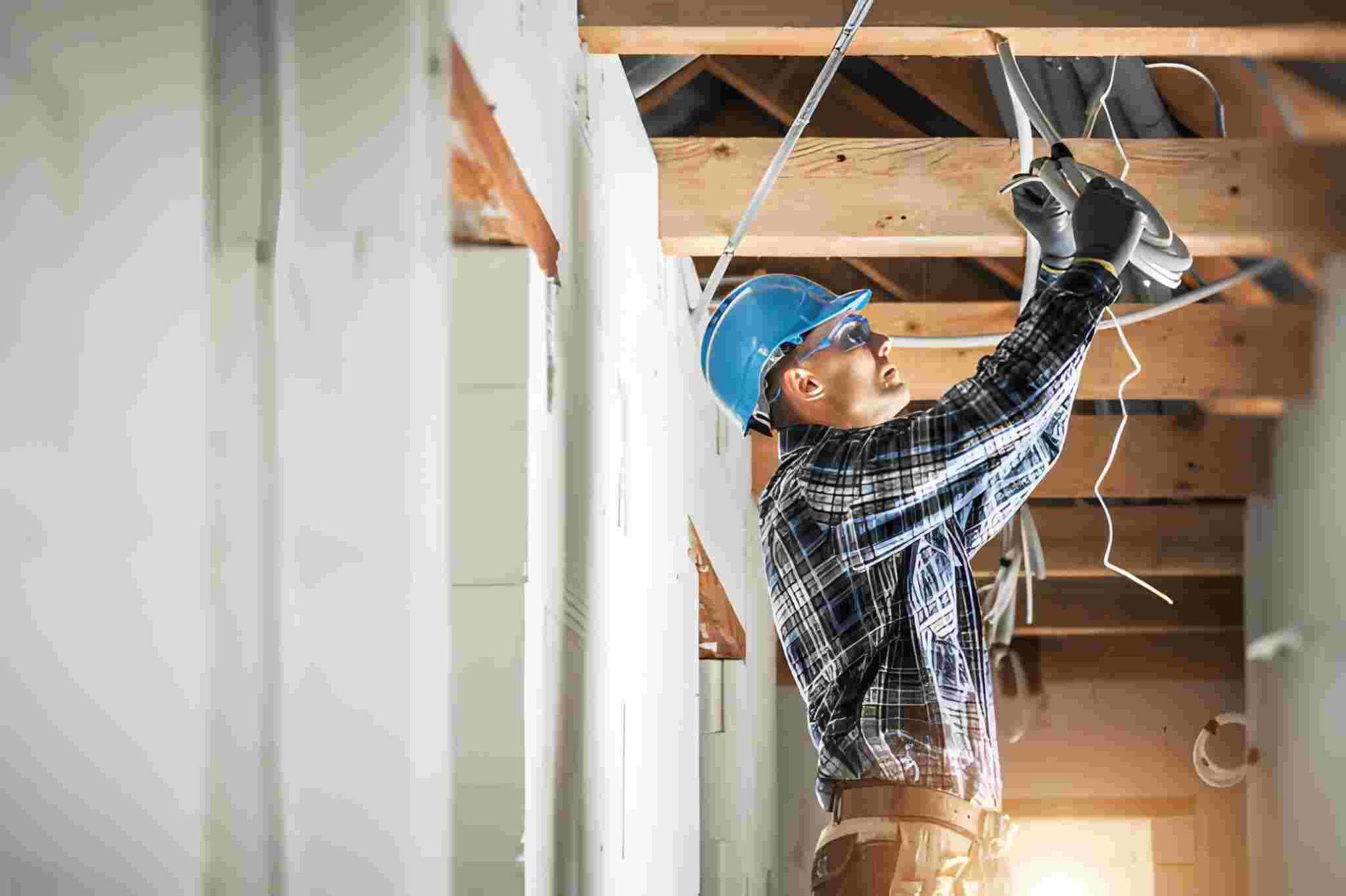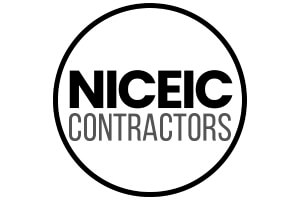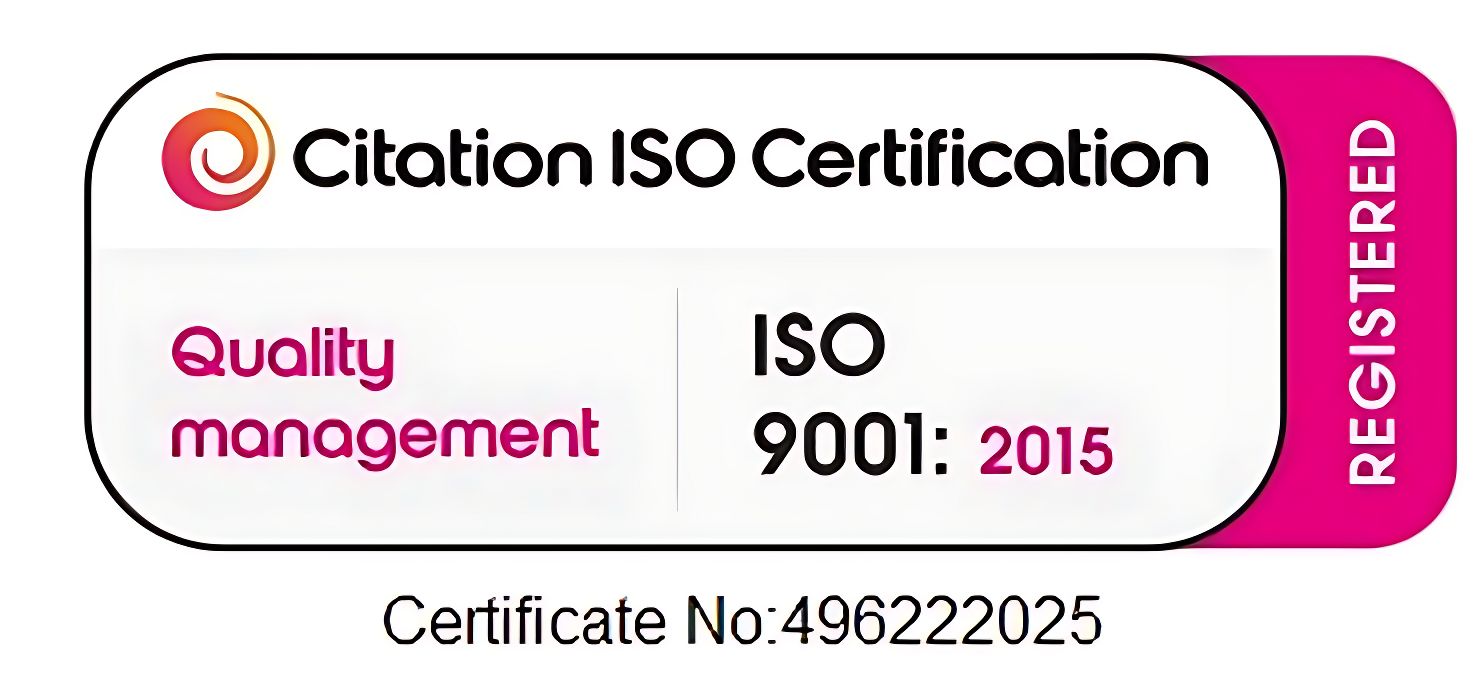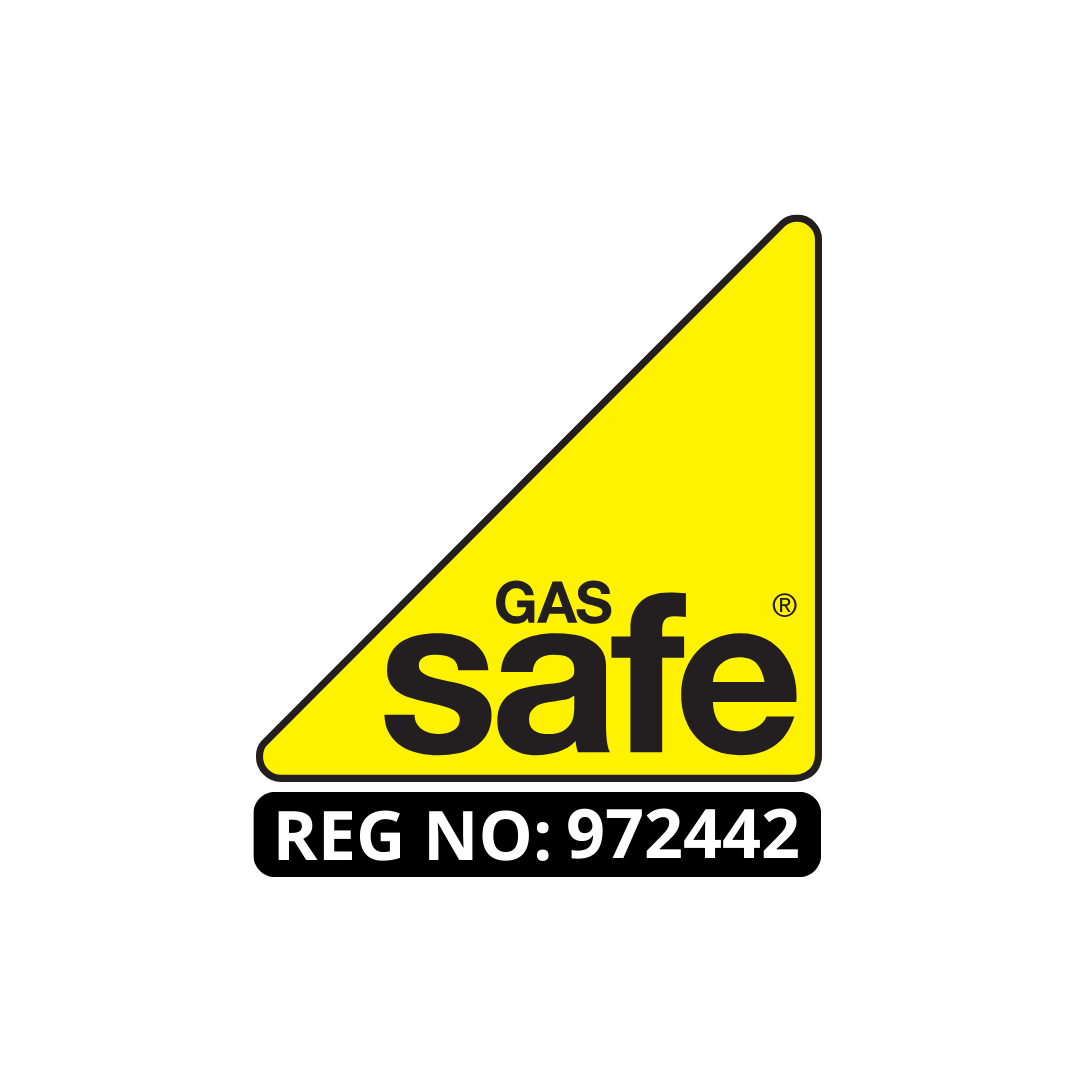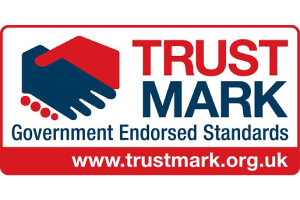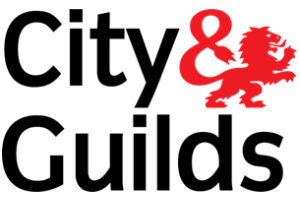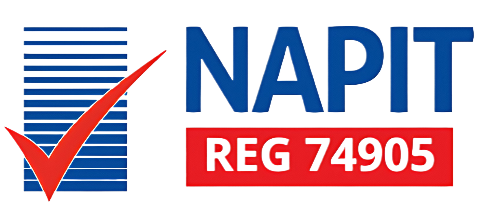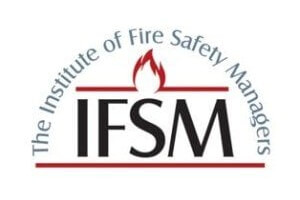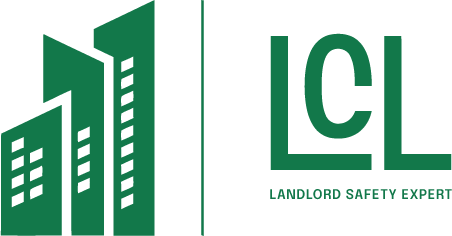
Electrical Risk Clarity Improved Through an EICR Report
An EICR report creates a direct path toward clear electrical awareness because each stage exposes hidden weaknesses inside circuits. Faults sit behind panels or inside outdated fittings. A structured inspection builds certainty because coded findings highlight priority levels that shape maintenance actions. EICR certificate meaning adds further clarity because defined terms explain how each stage supports safer outcomes. EICR certificates offer confirmation that technical standards guided every step. Practical examples reinforce value. A terraced property inspection revealed brittle insulation that ground under minimal pressure, and trade builds later reported that older structures displayed defect rates triple those of newer buildings. An EICR encourages actions based on factual evidence because findings expose real risks rather than expectations. Another inspection uncovered reversed polarity within several lighting circuits, and industry reports noted polarity faults formed a significant share of national defects. Clear documentation strengthens long-term understanding because consistent patterns reveal predictable weaknesses that demand early correction. Where every step becomes easier to manage, structured assessment replaces uncertainty and encourages meaningful safety progress in all types of properties.
Key Takeaways
- Hidden electrical faults may cause a risk if not inspected properly
- Certificates confirm inspections meet recognized safety standards
- Understanding the certificate’s meaning clarifies the significance of each code
- Regular safety checks prevent unplanned downtime and system failures
- Structured assessment improves the long-term reliability of electrical systems
- Risk detection supports safer maintenance decisions
- Fire prevention is strengthened through detailed inspections
- Compliance confidence increases with documented certificates
- Evidence guides informed upgrade and modernization plans
- Consistent safety practices foster a strong electrical safety
Better Electrical System Planning Through a Report
An EICR report supports effective prevention because electrical faults remain a major trigger for structural fires across many property types. An EICR report creates clear insight into overloaded paths that produce excessive heat during peak demand. EICR certificate meaning explains how each code reflects risk severity without doubt, and EICR certificates act as verification of the inspection standards assessment. Practical situations highlight impact. Older buildings often contain ring circuits that face heavy loads, and an EICR report frequently reveals overheating marks near sockets or junction points. Electrical institutes noted that overloaded circuits accounted for 15% of fire-related risks observed during routine evaluations. Another detailed inspection exposed arcing damage behind a cooker switch caused by worn conductors, and early correction prevented an increase. A report also identifies loose terminations that spark under strain, and industry data confirmed that arcing faults contributed to a rising share of home incidents. The structured assessment within an EICR report, therefore, strengthens prevention because evidence highlights spark sources that require immediate intervention and long-term monitoring.
Regulatory Compliance Confidence Enhanced by an EICR Report
An EICR report strengthens compliance because national regulations demand safe electrical systems across all property types. Strict obligations apply under statutory rules, and a 2022 compliance audit confirmed that non-compliant installations produced 30% of the enforcement notices issued during routine reviews. Documented findings inside an EICR report create dependable verification because each coded outcome aligns with recognized inspection standards. EICR certificate sets out formal criteria that define how each observation should be interpreted across multiple circuits, and certificates confirm the work followed approved technical methods. Case studies provide clear evidence. A multi-unit building failed compliance after inspectors located absent bonding links between metal services, and a follow-up assessment restored conformity once corrective work re-established continuity. Another case involved sockets without RCD protection in several rooms, and the recorded observation guided an upgrade that matched regulatory expectations. Safety bodies noted that installations without RCD devices carried a significantly higher shock risk across domestic environments. Factual outcomes reduce uncertainty because each documented detail forms the basis for decisions that align with legal duties. Clear assessment also prevents repeat violations because recorded faults highlight areas that require further monitoring and structured maintenance to maintain long-term compliance confidence.
Maintenance Decision-Making Enhanced by an EICR Report
An EICR report sets up a dependable platform for maintenance decisions because hidden faults become visible under systematic checks. Visual assessments often fail to detect deeper issues. A report closes that gap because coded results highlight urgency levels that guide practical action. EICR certificate meaning clarifies how each code reflects risk severity across circuits, and certificates confirm that the process followed recognized safety expectations. Real situations show the importance of this structure. An office inspection revealed undersized cables that operated beyond safe load, and the replacement prevented further strain on the distribution line. Another building displayed insulation resistance below acceptable limits, and trade data recorded that low insulation contributed to eight percent of typical faults discovered during national assessments. Clear records provide direction by highlighting problems that need fast action. A large facility inspection also revealed damaged protective devices that failed under repeated trips. Consistent evaluation supports improved maintenance choices because reliable evidence shapes targeted action that prevents long-term deterioration.
Increased Operational Efficiency with an EICR Report
An EICR report improves operational efficiency because a structured assessment reduces the risk of unexpected electrical disruption. Unplanned interruptions often arise from overlooked defects. An EICR report highlights irregularities that threaten continuous performance across critical circuits. EICR certificate creation creates clarity regarding inspection scope through clear definitions that outline how each coded observation relates to system stability, and EICR certificates validate that recognized procedures guided each stage of testing. Practical situations illustrate major benefits. An industrial unit experienced repeated breaker trips that damaged sensitive machinery, and an assessment pinpointed fluctuating voltage caused by weakened terminals inside a distribution board. Another building suffered persistent flickering across multiple lighting points, and trade analysis linked loose terminals to 12% of all lighting failures reported during annual surveys. Additional inspections revealed poor earthing continuity inside older installations, and technical bodies noted that earthing faults contributed significantly to operational slowdowns in large facilities. Documented evidence prevents repeated disruption because each identified issue directs corrective action toward areas that influence efficiency most. Structured results also support long-term planning because repeated patterns reveal components that require early replacement before wider impact occurs.
EICR Report Strengthening Long-Term Electrical Reliability
An EICR report creates a stable foundation for long-term electrical reliability because a structured evaluation exposes weaknesses that gradually develop inside older circuits. Gradual deterioration often appears in areas where protective coating cracks or electrical points loosen
under repeated thermal stress. An EICR report enables early recognition of those conditions before wider disruption occurs. Detailed coding outlines priority levels that guide targeted corrective work, and certification terminology from the EICR certificate meaning clarifies how each code reflects system reliability. EICR provides documented assurance that inspection standards were followed through each testing stage. Case studies show real value, such as a commercial building where repeated circuit imbalance caused continuous appliance strain until an EICR report revealed worn bonding links. Another building revealed neutral faults that created unstable voltage patterns, and technical bodies noted that neutral deterioration formed a rising category of electrical instability. Consistent assessment supports long-term reliability because factual findings highlight components that require timely intervention before they reach failure thresholds. Electrical systems benefit from structured insight that promotes steady performance across extended operational periods.
EICR Report Improving Safety Across High-Load Environments
An EICR report delivers critical support in high-load environments because electrical systems in those locations operate under heavier demand that increases heat and mechanical stress. Industrial data from a 2022 load management review indicated that systems running at elevated demand levels presented fault rates nearly double those of standard installations. An EICR report detects early signs of overload, such as discoloration near terminals or reduced insulation resistance along extended supply routes. Coding terms linked to the certificate meaning assist interpretation because each classification explains the degree of risk present. EICR certificates verify the legitimacy of assessed findings, creating transparency in environments where operational safety needs a constant power supply. Practical examples involve facilities where multiple machines draw power simultaneously. One inspection revealed tightening defects in large distribution boards that caused intermittent voltage drop. Another case documented rising temperatures inside cable trays due to inadequate spacing, and national safety research confirmed that congested cable routes contributed to a significant share of overheating events. An EICR report, therefore, improves safety by exposing risks before they impact high-load operations. Structured evaluation supports prevention because evidence highlights points of strain that require support or replacement to maintain dependable performance under demanding conditions.
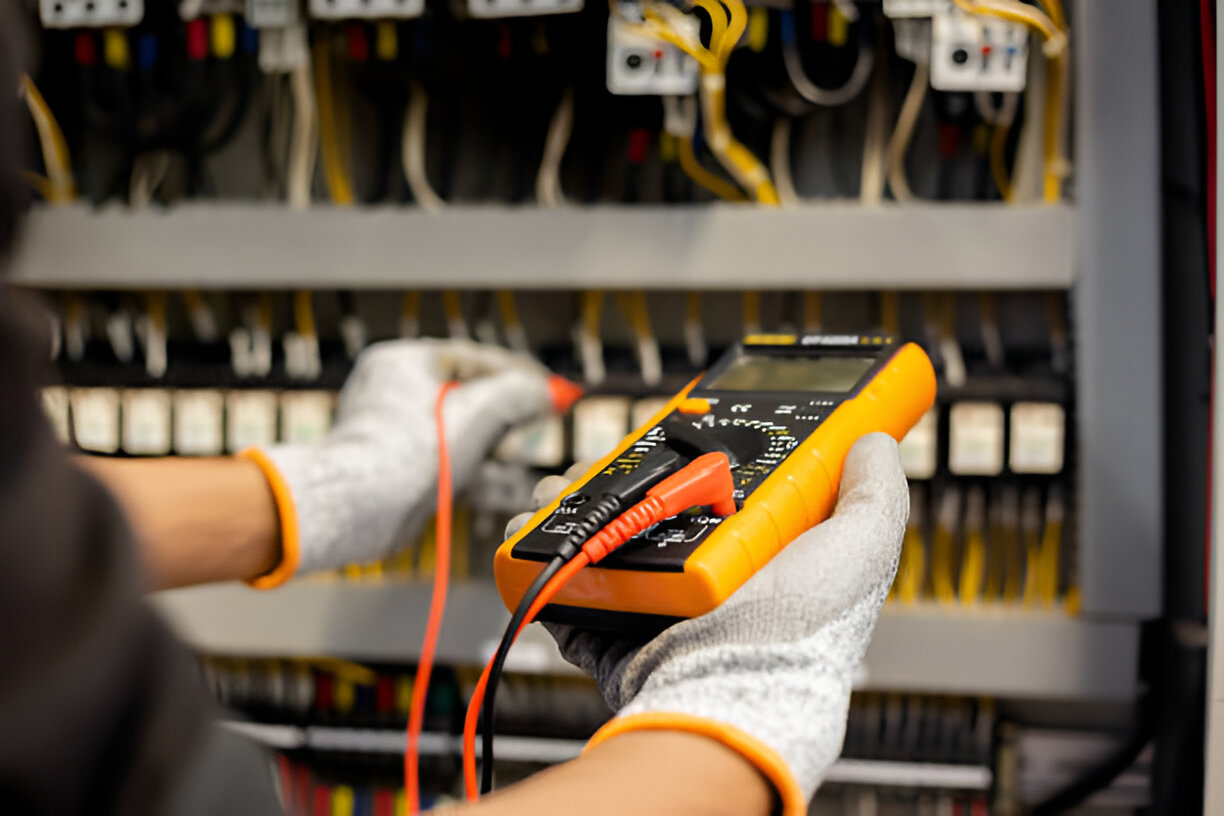
Safer Practices Through Consistent EICR Documentation
Developing a strong electrical safety culture requires consistent awareness, documented evidence, and proactive management of all connected risks. A systematic process begins with detailed assessment records, and the EICR report provides a structured framework that supports informed decision-making across teams. Clear documentation explains where vulnerabilities exist, how serious they are, and which corrective measures should take priority. When staff understand the reasoning behind maintenance actions, they adopt safer working practices and follow procedures with greater confidence. Over time, the EICR report helps organizations create a culture where electrical safety becomes part of everyday operations rather than a reactive task. This shift improves communication between maintenance staff, facility managers, and contractors, reducing confusion during inspections and upgrades. Consistent reporting strengthens accountability and ensures everyone responsible for electrical systems recognizes the importance of following correct protocols. As documentation accumulates, it forms a reliable safety history that benefits long-term planning, refurbishment decisions, and compliance reviews. Through this structured approach, workplaces develop an environment where electrical safety is prioritized, understood, and managed effectively.
Frequently Asked Questions
A safety inspection report provides a structured evaluation of electrical systems to highlight potential faults and risks. It ensures systems operate safely, guides maintenance priorities, and keeps the property within regulations.
Certificates confirm that inspections were carried out according to recognized safety standards. They provide documented proof of checks, making it easier to present compliance without difficulty during official audits.
Understanding the meaning of certificates helps interpret inspection results correctly. It explains the severity of faults, clarifies priority levels, and guides which actions should be taken immediately versus monitored over time.
By documenting faults and areas of concern, a safety report allows maintenance teams to prioritize repairs efficiently. It prevents unexpected downtime, reduces the risk of appliance failure, and ensures resources are allocated where action is needed the most.
Regular inspections detect hidden defects, overheating, and damaged wiring before they escalate into failures or fires. Consistent checks strengthen safety, extend the life of the appliance, and maintain reliable operation across all systems.
About the Author: LandlordCertificate
Related Posts
Get Social
Recent Posts
- Gas Safety Certificates: A Complete Guide for Property Professionals
- Fire Risk Assessment: Why Every Building Needs a Safety Blueprint
- Fire Safety Inspection: Ensuring Your Property is Safe
- Fire Safety Service Misconceptions That Put Landlords at Risk in the UK
- Compliance value of asbestos management survey
